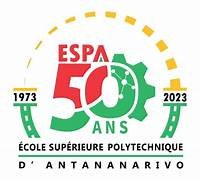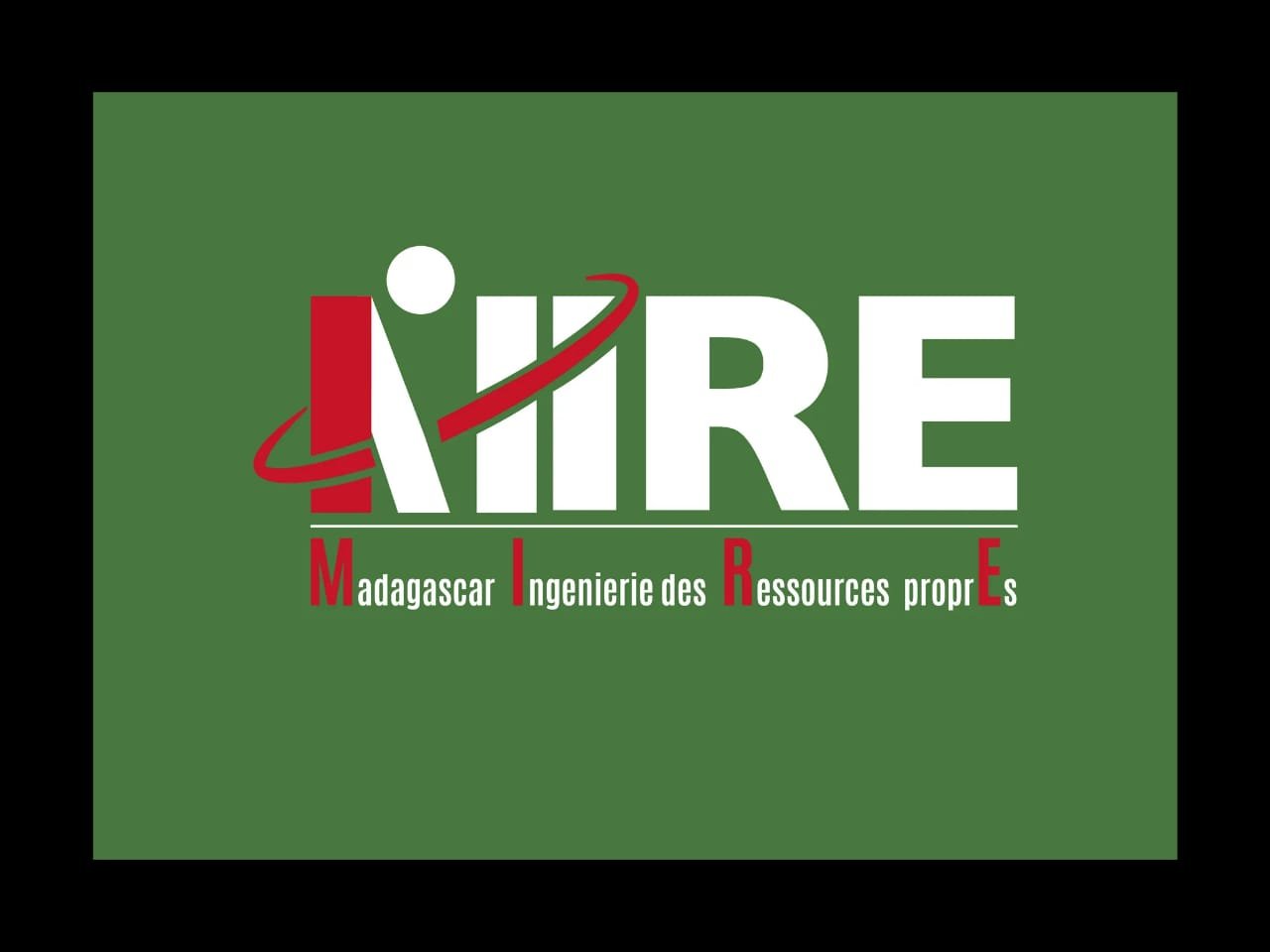Modelling and quantification of soil water erosion using remote sensing in the Antanetibe Anativolo watershed
Abstract
An erosion risk map is an essential tool against erosion. It makes it possible to have an overview of the problems and therefore to locate the sectors requiring priority intervention. The Antanetibe Anativolo watershed is a vast plain for rice cultivation, vast fields of food crops, and that even on the slopes of the hills surround it. Then, a region that supplies the capital with various agricultural products. For the sustainability of these activities given this potential and the presence of many lavakas that cut into the hills, the watershed was subject to a quantification of soil losses. The RUSLE model (Revised Universal Soil Loss Equation) was chosen in order to quantify and spatialize the water erosion processes at the catchment scale. A model widely implemented in the world, established at different scales and taking into account five determining parameters in the erosion process: the aggressiveness of precipitation, the erodibility of soils, the inclination and the length of the slope, the plant cover as well as the means put in place to fight against soil erosion. Three years are considered: 1990, 2006, 2022 to discern the evolution of erosion. The results show the average quantities of soil losses which are respectively 21,30 t/ha/year, 28,83 t/ha/year, and 43,08 t/ha/year.
Antanetibe , Anativolo, Remote sensing, RUSLE, Soil loss, Water erosion
References
[1] Roose, E. (1977). Application of the Universal Soil Loss Equation of Wischmeier and Smith in West Africa. Soil Conservation Society of America, Ankeny, Iowa, pp. 50-71.
[2] Wischmeier, W. H., Smith, D. D. (1978). Predicting rainfall erosion losses--a guide to conservation Planning. published as Agriculture Handbook No. 537, USDA, Washington.
[3] Payet, E., Dumas, P., Pennober, G. (2012). Modélisation de l’érosion hydrique des sols sur un bassin versant du sud-ouest de Madagascar, le Fiherenana. VERTIGO, vol. 11-n° 13, 1-26.
[4] Bourgeat, F. (1968). Notice sur la carte pédologique de Tananarive. Office de la Recherche Scientifique et Technique Outre-Mer, 1/100000e .
[5] Hervieu, J. Géographie des sols malgaches. Essai synthétique.
[6] Segalen, M. P. (1948). L’érosion des sols à Madagascar par : Pédologue de l’Office de la Recherche Scientifique Coloniale.
[7] Wischmeier, W. H., Smith D. D. (1978), Predicting Rainfall Erosion losses. Agriculture Handbook, 57, US Department of Agriculture, Washington DC. USA., 58p.
[8] Nguyen, T. H. (1996). Identify the factors effect to soil erosion and forecast soil erosion on slope land. Ph. D. Dissertation, Water Resources University of Vietnam, Hanoi.
[9] https://www.ecmwf.int/en/forecasts consulted the 10 June 2023.
[10] Levesque, G. (2022). Évaluation de l’utilisation des données des réanalyses ERA5 et ERA5-Land pour la modélisation de l’évapotranspiration. Mémoire de fin d’étude, Université de Québec, p142.
[11] FAO (2003). Unesco Carte mondiale des sols : volume VI, 1/5000000e.
[12] Mazouzi, K., El-Hmaidi, A., Bouabid, R. & El-Faleh, E. M. (2021). Quantification de l’érosion hydrique, par la méthode RUSLE, au niveau du bassin versant de l’Oued Mikkès en amont du barrage Sidi Chahed (région de Meknès, Maroc). European Scientific Journal, ESJ, 17(14), 256. https://doi.org/10.19044/esj.2021. vol.17-n°14, p256.
[13] Elgarouani, A. Merzouk, A. Ozer, A., (2003). Cartographie et évaluation quantitative de l'érosion hydrique au pré-Rif marocain. Hydrology of the Mediterranean and Semiarid Regions (Proceedings of an international symposium held at Montpellier, April 2003). IAHS Publ. no. 278.
[14] Boissy, R., Ndiayé, M., Diatta, M., Mbayé, M. (2022). Utilisation d’un SIG pour l’évaluation et la cartographie des risques d’érosion hydrique par l’Equation Universelle des Pertes en sol Révisée (RUSLE) dans le Département de Saraya (Sénégal). VERTIGO, vol. 22-n°2.
[15] Ennassiri, B. et Mouak, S. Revue Marocaine de Géomorphologie. (2021). Modélisation du risque d’érosion des sols dans le bassin versant de N’Fiss : Utilisation de l’Equation Universelle Révisée des Pertes en Sols (RUSLE). n° 5, 36-47.
[16] Chadli, K. Modeling Earth Systems and Environment. (2016). vol. 2, n° 51.
[17] Rakotomamonjy, T. E. (2016). Modélisation de l’érosion hydrique des sols dans le bassin versant d’Avaratrambolo. Mémoire de fin d’étude, Université d’Antananarivo.
[18] El Hafid, D. Akdim, B., European Scientific Journal. (2018). Quantification de l’érosion hydrique en utilisant le model RUSLE et déposition intégrée dans un SIG. Cas du Bassin Versant de L’Oued Isly (Maroc Oriental). vol. 14, n° 5, 373-385.
[19] Freddy, V. H. (2011). Soil erosion prediction using RUSLE for rain fed crops under Conservation Agriculture practices in the Lake Alaotra region in Madagascar. MSc thesis.
[20] McKague, K. (2023). Équation universelle des pertes en terre (USLE). Fiche technique, N°23-006.
[21] Mitasova, H. Hofierka, J., Zlocha, M., Iverson, L. R. (1996). Journal of Geographical Information Systems [En ligne], URL: https://www.tandfonline.com/doi/abs/10.1080/02693799608902101 DOI : 10.1080/02693799608902101.
[22] Morschel, J., Fox, D. (2004). Une méthode de cartographie du risque érosif : application aux collines du Terrefort lauragais.
[23] Rakotoson, N. A. (2015). Cartographie de la vulnérabilité des sols à l’érosion hydrique dans le bassin versant du lac Alaotra. Mémoire de fin d’étude, Université d’Antananarivo.
[24] Ranaivoson, R. M. (2017). Modélisation de l’érosion hydrique par le modèle empirique RUSLE dans le bassin versant du lac Itasy. Mémoire de fin d’étude, Université d’Antananarivo.
[25] Rasamoeliarisoa, V. (1985). Estimation d’érosivité du climat à Madagascar. Mémoire de fin d’étude, Université d’Antananarivo.
[26] Roose, E. (1977). Erosion et ruissellement en Afrique de l'ouest - vingt années de mesures en petites parcelles expérimentales. Travaux et Documents de I'ORSTOM No. 78, ORSTOM, Paris.
[27] Roose, E., Sarrailh, J. M. (1990). Erodibilité de quelques sols tropicaux vingt années de mesure en parcelles d’érosion sous pluies naturelles. Cahier de l’ORSTOM, Série Pédologique, vol :25,N° 12, 24p.
[28] Salifou, N. A., Abdelali, G., Amadou, A. T., Lanchen, D. (2022). « Érosion hydrique au sud-ouest du Niger : impacts des facteurs naturels et anthropiques sur les pertes en sols ». Géomorphologie : relief, processus, environnement [En ligne], vol. 28 - n° 2 | 2022, mis en ligne le 16 mai 2022, consulté le 04 juin 2023. URL : http://journals.openedition.org/geomorphologie/16744 ; DOI : https://doi.org/10.4000 /geomorphologie.16744.
[29] Williams, J. (1995). The EPIC model, in Computer Models of Watershed Hydrology. V. P. Singh,Colorado, USA, pp. 909-1000.
[30] Wischmeier, W. H. (1958). Rainfall erosion and its relationship to soil loss. Transactions American geophysical Union, 32, 285-291.
[31] Wischmeier, W. H., Johnson, C. B., and Cross, B. V. Journal of Soil and Water Conservation (1971). No. 26, 189-193.
[32] Yaméogo, A. Somé, Y. S. C., Palé, S., Sirima, B. A., Da, D. E. C. Geo-Eco-Trop. (2021). vol 45, n° 2, 299-310.


